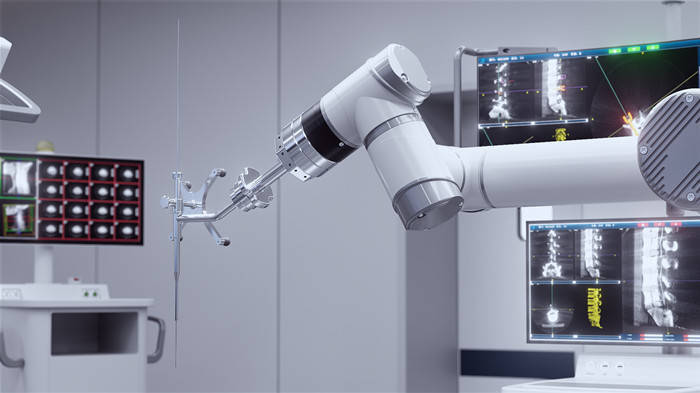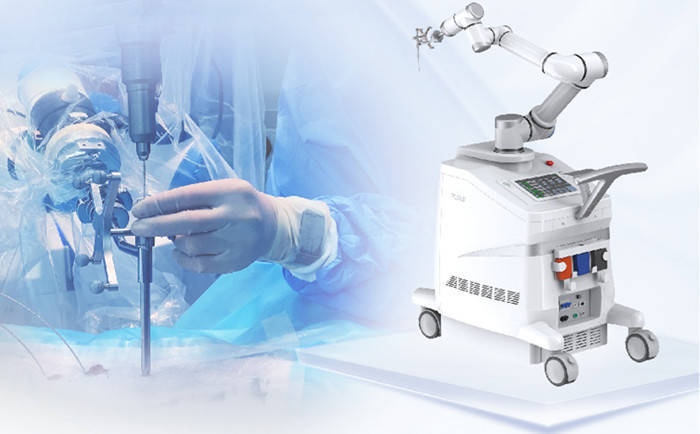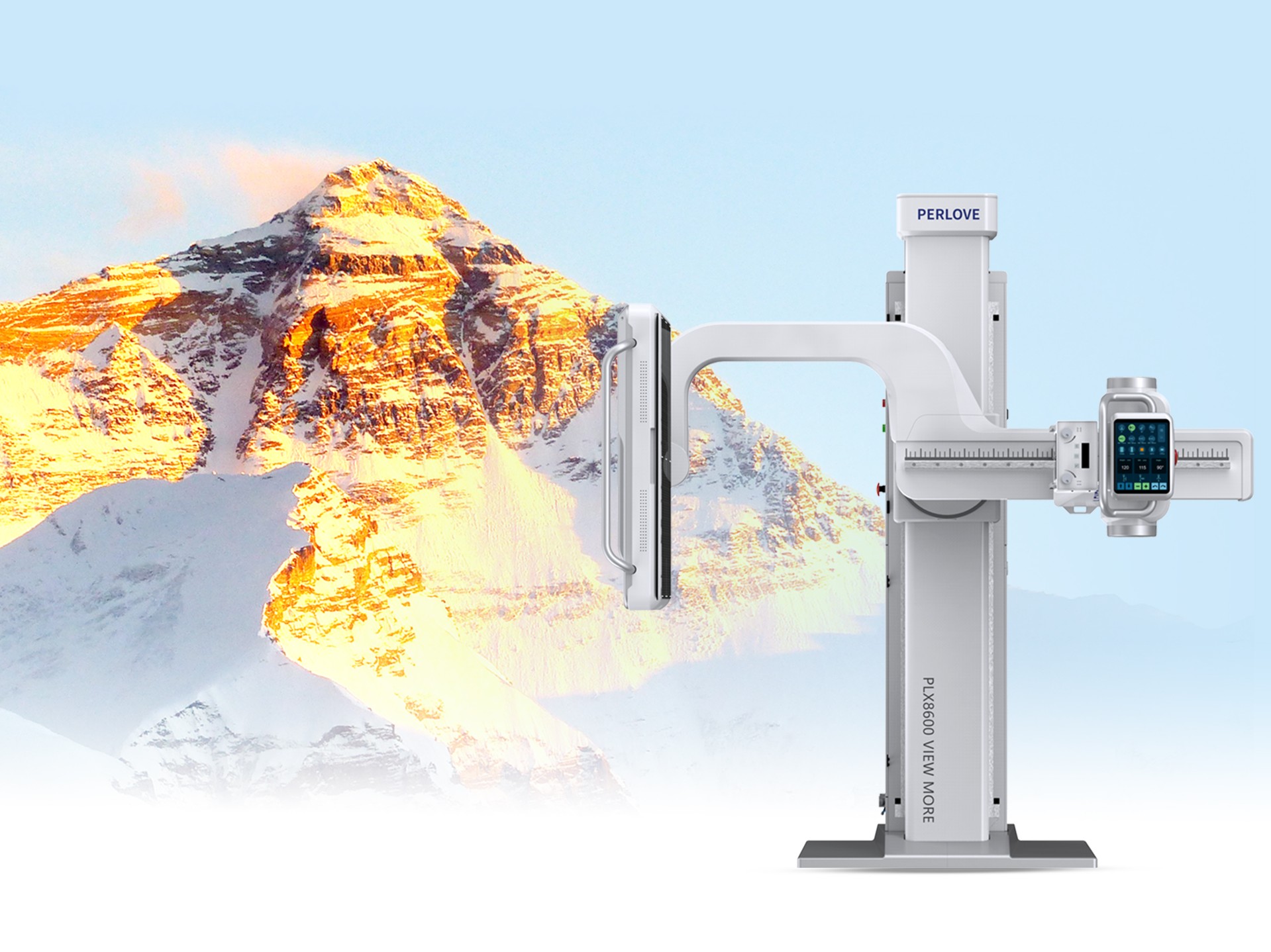News
2022-09-27 10:21:59 Views:351
What surgical robots do - Clinical applications of different types of surgical robots
Surgical robots originated in the 1980s and, after decades of development, are now widely used in a number of fields, including general surgery, urology and cardiovascular surgery. One of the implications of the existence of surgical robots is that they directly expand the capabilities of surgery, with the help of minimally invasive surgery and related underlying technologies, and can support the surgeon in performing surgical operations visually, auditorily and haptically, for minimally invasive surgical areas above human capabilities, to achieve accurate control of surgical instruments. What procedures does the surgical robot perform?

The different types of surgical robots have their own strengths and are described below in terms of lumpectomy robots, orthopaedic surgery robots, panvascular surgery robots, trans-natural cavity surgery robots and percutaneous puncture surgery robots, which are highly involved in the clinical field.
What procedures can a lumpectomy robot perform?
The lumpectomy robot can perform a variety of complex, minimally invasive procedures in urology, gynaecology, thoracic surgery and general surgery, such as prostatectomy in urology, gynaecological lumpectomy in gynaecology, lobectomy, thymectomy and radical oesophageal cancer in thoracic surgery, and hepatobiliary and pancreatic surgery, gastrointestinal surgery and thyroid surgery in general surgery.
What procedures can the Panvascular Surgical Robot perform?
Panvascular surgery robots are used to treat diseases of blood vessels or related organs in the heart, brain or peripheral vascular system. In panvascular surgery, the surgeon punctures the patient's skin, sequentially inserts a puncture needle and sheath into a large blood vessel, and then guides a long, thin guidewire to the vessel and ultimately to the target site in the heart, brain or peripheral vascular system.
What procedures can the Transcatheter Surgical Robot perform?
A transcatheter surgical robot is a robot that enters a target location through a natural pathway such as the human airway or oesophagus and controls it for diagnosis or surgery. Today it is used in applications such as bronchoscopy (lung examination), colonoscopy (intestinal examination) and gastroscopy (stomach examination), and internationally in gynaecological surgical treatment.
What procedures can the Percutaneous Puncture Surgery Robot perform?
The role of the Percutaneous Puncture Surgical Robot is to collect tissue samples for subsequent diagnostic procedures such as the detection of early stage lung cancer, breast cancer and prostate cancer. During the biopsy procedure, tissue samples are removed from the suspected target anatomy for further pathological examination.
What procedures can the orthopaedic surgery robot perform?
There are three main types of surgery that orthopaedic surgery robots can perform: joint replacement surgery, spine surgery and orthopaedic trauma surgery. Robot-assisted joint replacement surgery is the most widely used of these three procedures, and can be divided into total knee arthroplasty (TKA), unicondylar knee arthroplasty (UKA) and total hip arthroplasty (THA).

The results of using an orthopaedic surgical robot are clear. The Perlove Medical Orthopaedic Surgical Robot PL300B, for example, is used in open and minimally invasive spinal surgery, in conjunction with a mobile C-arm X-ray machine, to assist in the positioning of surgical instruments or implants with a robotic arm. In traditional minimally invasive skin incision surgery, the surgical field of view needs to be exposed to allow the surgeon to obtain more information, which results in a large surgical incision and a long post-operative recovery time. In minimally invasive orthopaedic surgery with the Perlove Medical PL300B minimally invasive surgical robot, the incision is only a small one to two centimetres.
Equipped with a high-precision optical tracking system and robotic arm, the Perlove Medical orthopaedic surgery robot uses surgical planning software based on 3D image data to guide the surgeon in surgical planning and assist in positioning implants or surgical instruments with sub-millimetre accuracy.
Chat with us!
-
CMEF Live Streaming|Perlove’s high-end DRF injects technological power into precision medicine!
Read More » -
UN and Perlove Medical Cooperated for Human Healthcare
Read More » -
Perlove Medical Dynamic Flat DR injects new vitality into plateau medical services
Read More » -
China first!Perlove Medical's PLD9600 Series makes history as the first domestic DRF to obtain EU CE Certification
Read More » -
Perlove Medical's dynamic flat panel DRF successfully installed in Pakistan, Product quality proves reliability.
Read More » -
Discover the Future of Healthcare at MEDIC WEST AFRICA 2024 in Landmark Centre, Lagos, Nigeria
Read More »





